1. Atomic Energy Lab Kits

Back in the ’40s, science kits weren’t just about baking soda volcanoes. Some actually included radioactive materials like uranium ore so kids could “experiment” with atomic energy at home. The idea was to inspire future scientists, but the dangers of radiation exposure weren’t fully understood—or ignored altogether. Parents thought it was educational, but in hindsight, it was downright reckless.
Children were encouraged to handle materials with minimal protection, and the instructions downplayed any risks. Looking back, it’s chilling to think that a child’s curiosity could have led to long-term health consequences. What was meant as fun and futuristic was actually putting kids in direct contact with radiation. These kits may have sparked an interest in science, but they also posed a serious danger.
2. BB Guns
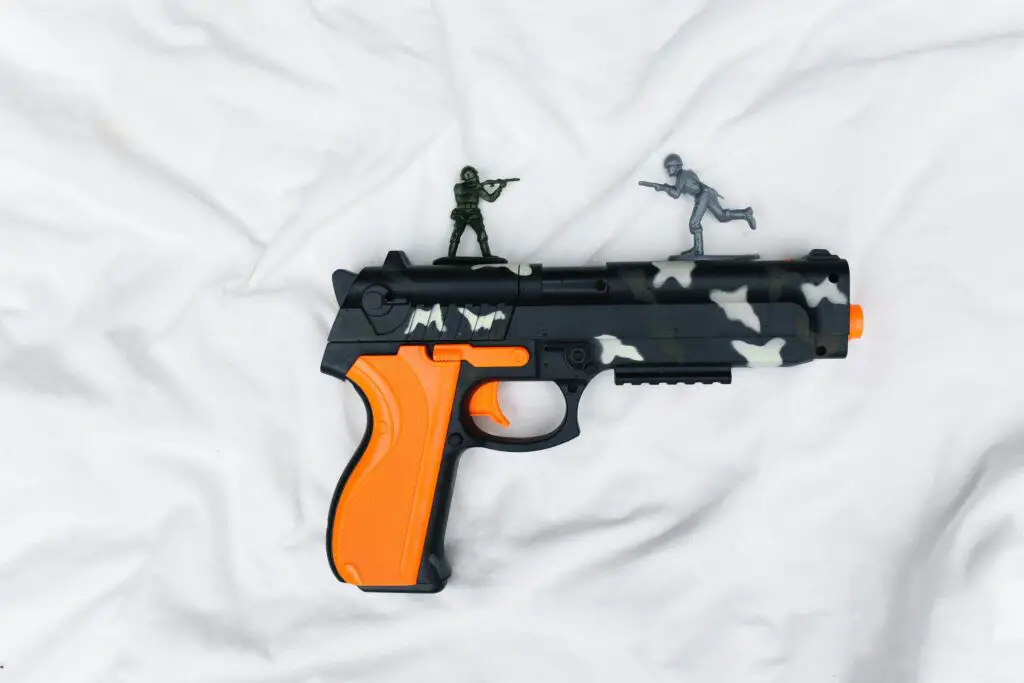
BB guns were marketed as the ultimate toy for boys in the ’40s. Ads portrayed them as harmless fun, even though they could easily cause injuries, especially to the eyes. Safety gear wasn’t emphasized, and stories of kids ending up with permanent damage weren’t uncommon. Yet, the toy was still a holiday staple.
The cultural mindset at the time considered it a rite of passage to learn how to handle one. Parents didn’t see them as dangerous—more like practice for when kids would eventually get “real” guns. Of course, doctors and safety experts saw the consequences. It’s no wonder the classic warning about shooting your eye out became so iconic later on.
3. Cap Guns with Real Gun Powder
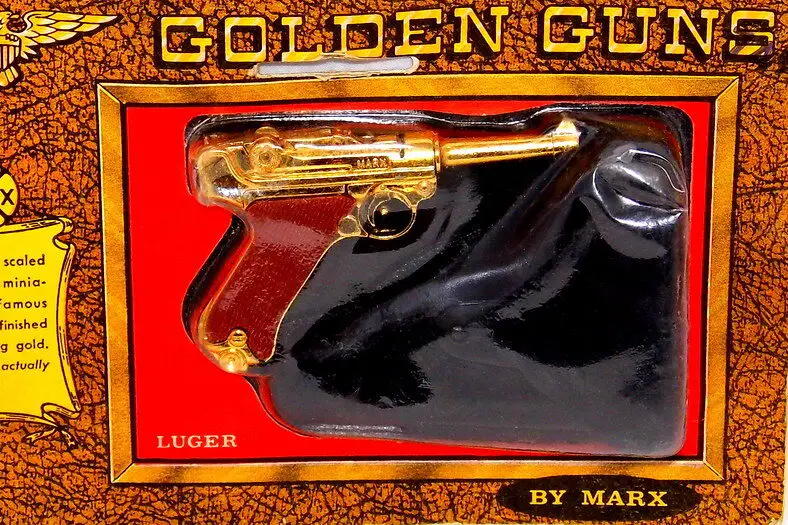
Cap guns today are noisy but mostly harmless. In the ’40s, however, some used actual gunpowder to create loud pops and smoke. Kids loved the realism, but burns and small explosions were a serious risk. Without strict safety standards, these toys were practically mini weapons.
The sparks could catch clothing or hair, and accidents often happened during unsupervised play. Despite the hazards, companies sold them as safe fun for “cowboys and Indians” games. It’s a reminder that realism often came at the expense of children’s safety. Parents sometimes shrugged off the injuries as part of growing up.
4. Lawn Darts

Known as “jarts,” lawn darts were a popular outdoor game in the mid-20th century. The darts were heavy, metal-tipped, and designed to stick into the ground. Unfortunately, they often stuck into kids instead. Head injuries were far too common, and yet the game remained on shelves for years.
Backyard barbecues became risky when kids started running around where the darts landed. It took countless accidents before regulators finally restricted them. At the time, though, it was brushed off as just another “watch the kids better” issue. They were marketed as family fun, but they were essentially sharp projectiles.
5. Chemistry Sets

Chemistry sets in the ’40s weren’t watered down like today’s versions. Many included strong acids, flammable materials, and instructions for making explosive reactions. Children could easily burn themselves, inhale toxic fumes, or even start fires. It was education mixed with real danger.
Back then, safety goggles and gloves weren’t provided or even suggested. The focus was on “hands-on science” rather than risk management. Parents liked the idea of their children learning chemistry at home, but the hazards were very real. These sets walked a fine line between inspiring future chemists and endangering them.
6. Slingshots
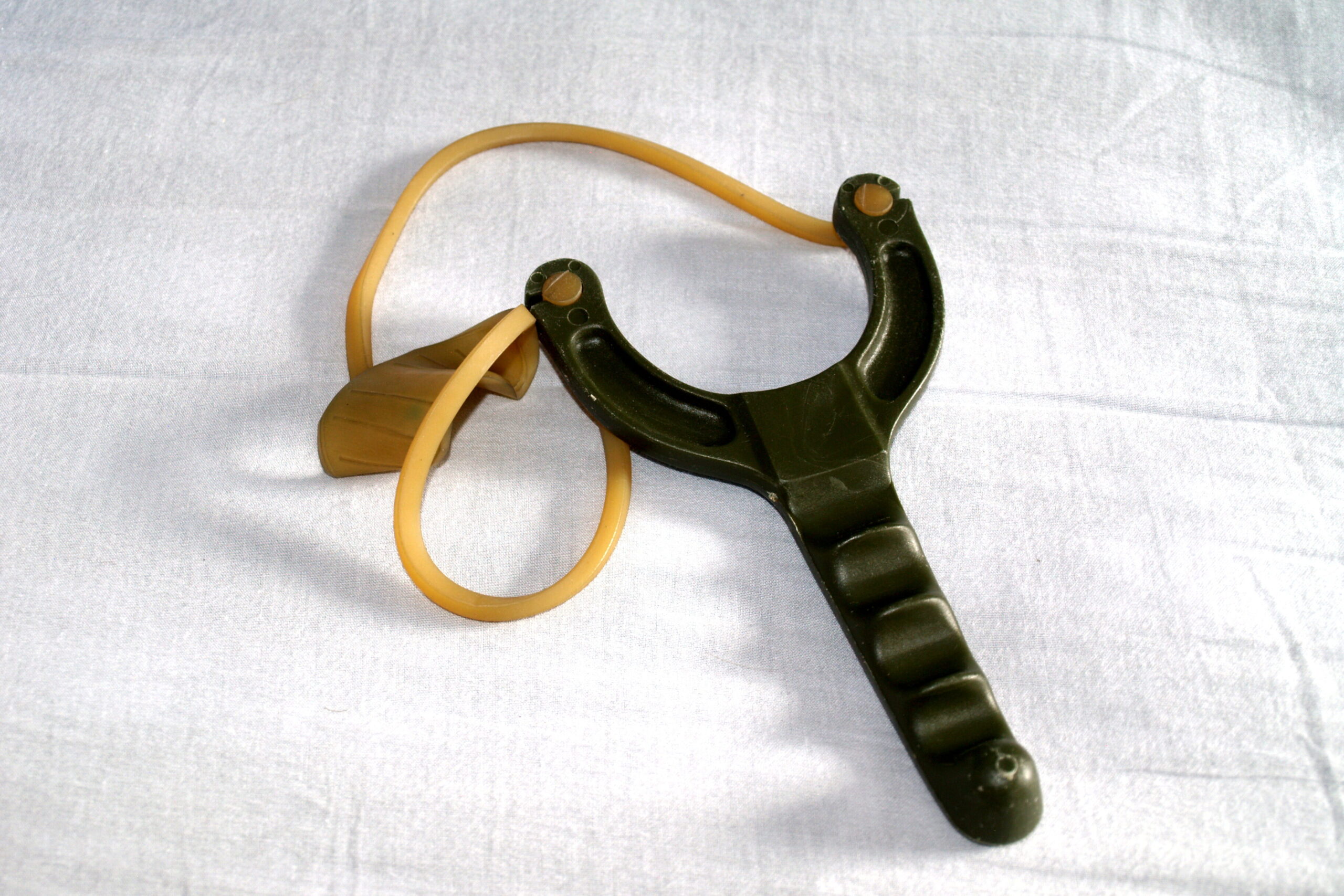
Slingshots were simple toys, but they were anything but safe. Kids could use them to launch rocks or metal pellets at high speeds. In the hands of a child, they often led to broken windows, injured animals, or worse, injured kids. The ’40s treated it as normal mischief, but the risks were obvious.
They were often homemade, making them even more unpredictable in terms of strength. Parents might have seen them as a harmless pastime, but one bad aim could cause serious harm. They became part of boyhood lore, but doctors were well aware of the damage they caused. It was the perfect example of a toy that seemed innocent but wasn’t.
7. Metal Toy Guns
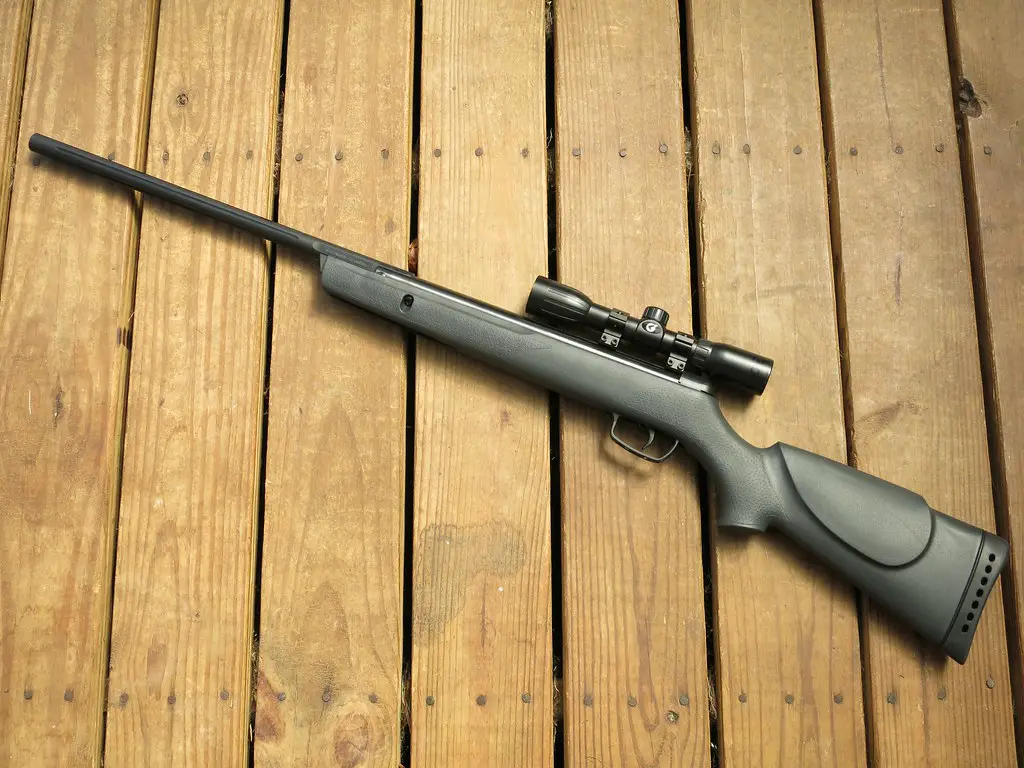
Before bright orange tips were mandatory, toy guns in the ’40s looked very real. Made of metal and designed to resemble actual firearms, they could easily be mistaken by police or adults. While the main danger wasn’t physical injury, the risk of tragic misunderstandings was very real. On top of that, some had sharp edges that caused cuts.
Kids would run around neighborhoods pointing these at each other, and no one thought much of it. Today, it would be unthinkable to give a child such a realistic replica. At the time, though, the emphasis was on imaginative play, not potential consequences. These toys blurred the line between pretend and reality in dangerous ways.
8. Toy Cannons
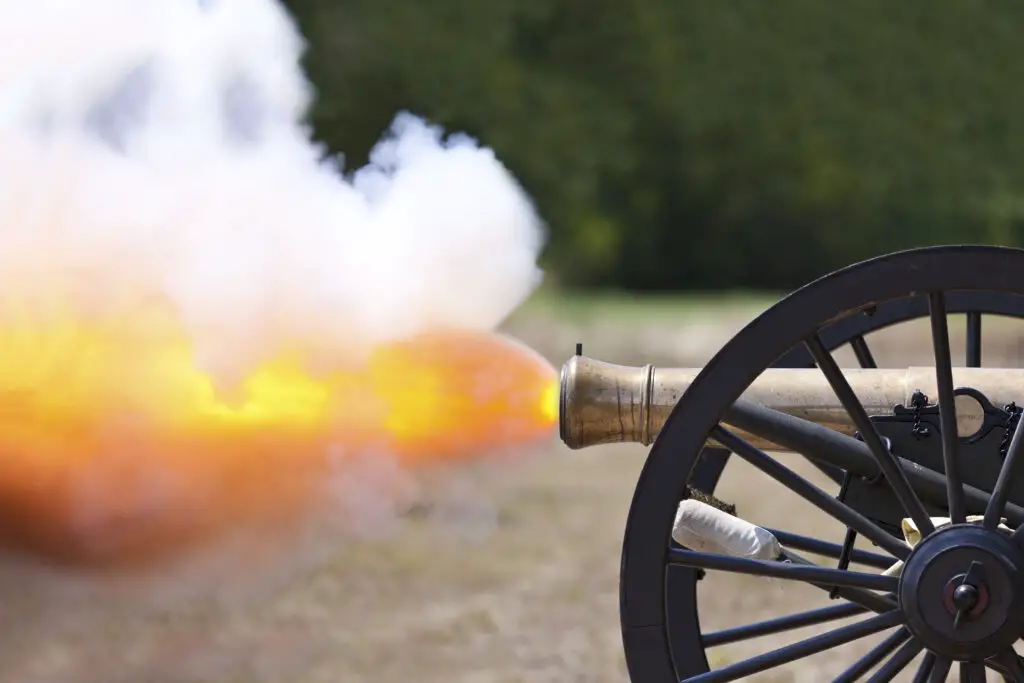
Toy cannons were marketed as patriotic and fun for kids after the war. They often used gunpowder or caps to shoot small projectiles or create loud blasts. They weren’t just noisy—they could cause burns, fires, or even blast injuries if misused. Kids often crowded around to watch, making accidents even more likely.
Parents saw them as harmless imitations of wartime equipment. But realistically, they were miniature weapons handed to children. Burns and eye injuries weren’t rare, yet the appeal of “military play” overruled common sense. They were exciting at the time, but dangerous by any standard.
9. Wooden Toy Soldiers with Sharp Edges
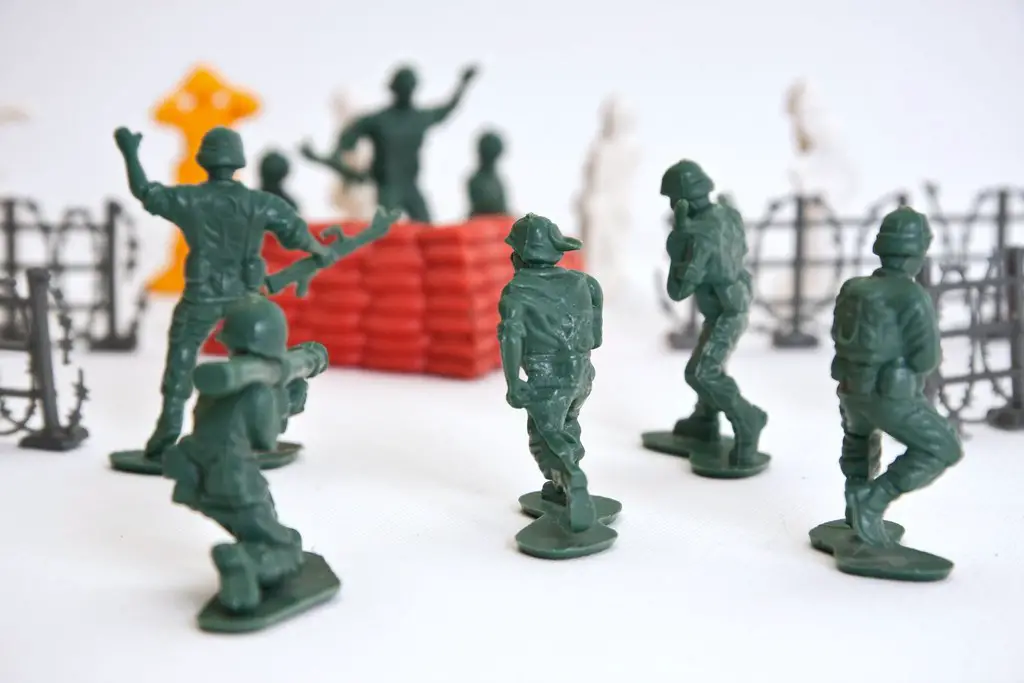
Toy soldiers were staples in many homes, but the versions from the ’40s were often carved from wood with sharp corners. Kids tripped over them, stepped on them, or threw them at each other. It wasn’t unusual for splinters or small cuts to happen during play. Even so, they were seen as harmless collectibles.
Parents bought them in bulk because they were affordable, and children used them for hours of play. But the design didn’t prioritize safety, and injuries were part of the deal. Compared to modern molded plastic soldiers, the old wooden versions were practically hazards waiting to happen. Yet they were beloved despite the risks.
10. Balsa Wood Airplanes
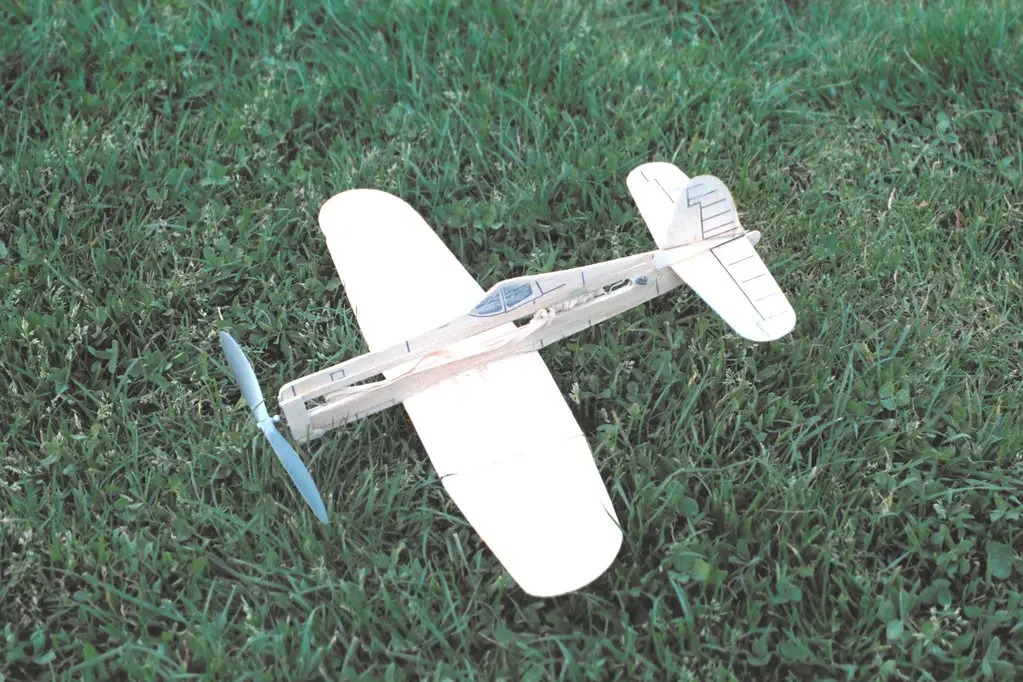
Balsa wood airplanes seemed innocent enough, but their fragile design made them risky. When they broke, the sharp wood splinters could cause nasty cuts. Kids also tended to launch them in crowded spaces, and the pointed noses sometimes hit faces or eyes. What looked like a gentle pastime often turned into an accident.
They were cheap and popular, so nearly every child had a few. But few parents considered the hazards of flimsy wood snapping mid-flight. Despite the risks, kids loved seeing them soar, and the danger was overlooked. It was one of those toys that felt safe until it wasn’t.
11. Roller Skates without Pads
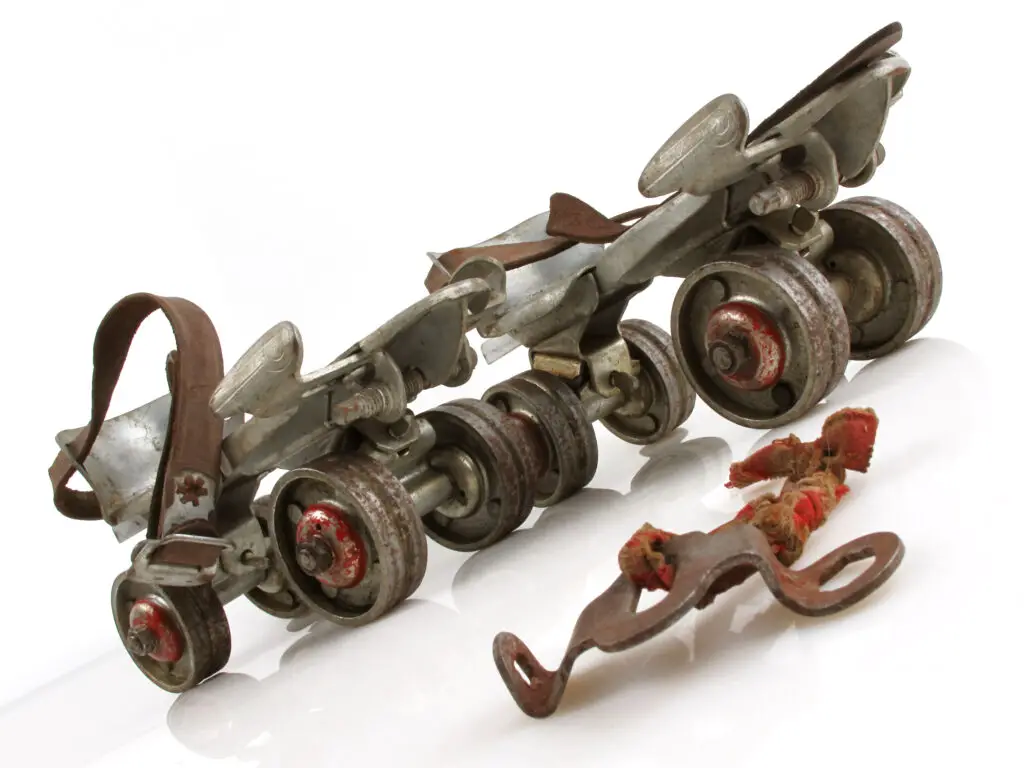
Roller skates in the ’40s were made of heavy metal and strapped directly onto shoes. They were clunky, unstable, and prone to sending kids flying. With no helmets, knee pads, or wrist guards, broken bones and scraped knees were practically guaranteed. Still, they were seen as healthy fun and good exercise.
Sidewalks and streets became playgrounds, but also accident zones. Parents might have patched up scrapes without thinking twice, but serious injuries were common. Looking back, it’s surprising how few safety measures were considered. The excitement outweighed the danger in an era when bumps and bruises were just part of play.
12. Toy Trains with Live Steam

Toy trains have always been a childhood favorite, but in the ’40s some sets ran on real steam engines. That meant boiling water, hot metal, and the possibility of burns or fires. Kids would huddle close to see the steam in action, putting them at risk of serious accidents. It was a marvel of engineering, but not exactly safe for little hands.
Parents liked the realistic touch, but safety wasn’t the priority. Even though these trains fascinated children, they were essentially teaching them about steam engines the hard way. The danger of boiling water near kids seems obvious now, but at the time, it was marketed as educational. It was playtime mixed with real industrial hazards.
